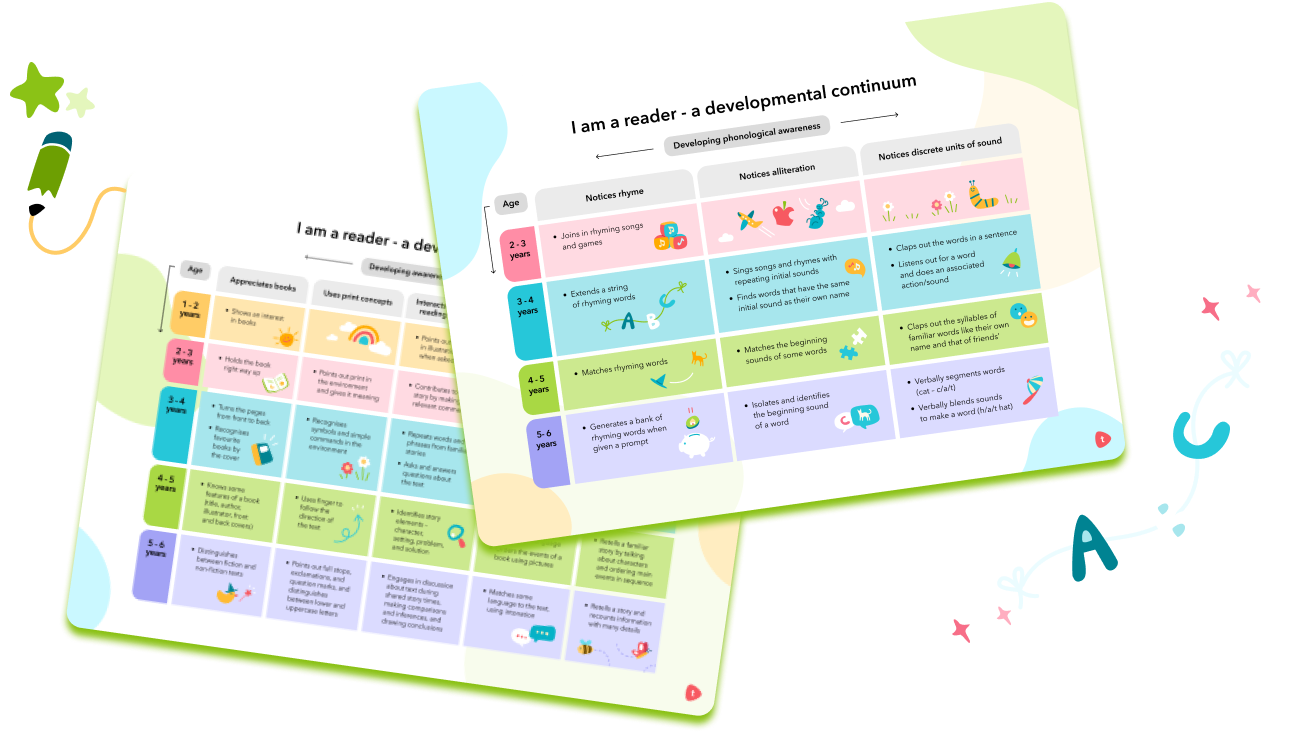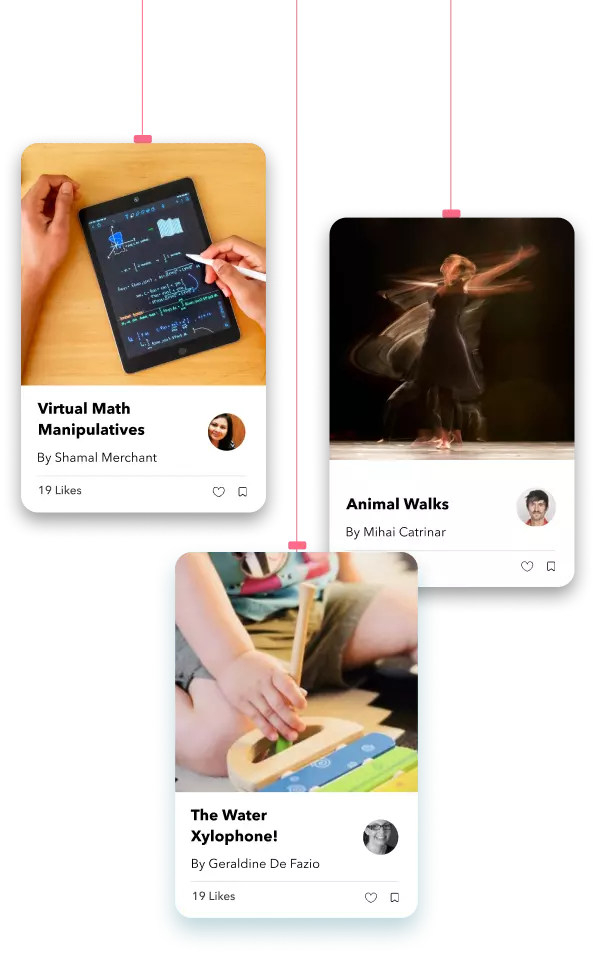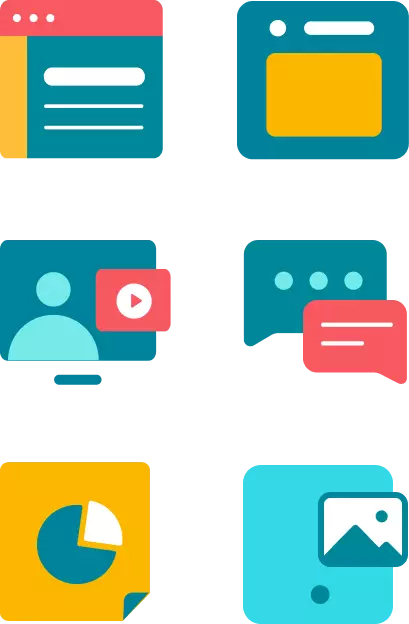Let’s reflect on the concept of the child as a reader and ask ourselves, when does the child become a reader?
It is important to understand that reading is a developmental process that occurs over time. Children typically begin to develop pre-reading skills such as an awareness of print, as early as infancy. As they grow, they begin to unwrap the relationship between spoken and written language and the sounds that make up words.
While decoding is an important aspect of reading, it is not the only factor that determines whether a child is a reader. A child can be a reader even if they cannot yet decode words. Reading involves making meaning from text, and this can be done through various means, such as looking at pictures, retelling a story, or predicting what will happen next.
It is important to explore the pre-reading skills needed through the development of phonological awareness. Let’s start by breaking down the concepts of print and how the child may show their understanding.
How pre-reading skills can support the development of phonological awareness:
- Print awareness: When a child understands that print carries meaning and follows text direction, they demonstrate print awareness. This may also involve recognising familiar logos, pointing out letters or words in their environment, or pretending to read books by turning pages.
- Phonological awareness: This ability to recognise and manipulate the sounds in spoken language is an essential precursor to reading. Activities that promote phonological awareness include rhyming games, clapping syllables in words, and identifying the beginning or ending sounds of words.
- Vocabulary development: Building a rich vocabulary is crucial for reading comprehension. Children expand their vocabulary through exposure to spoken language, reading books, and engaging in conversations. Encouraging conversations, reading aloud, and providing opportunities for word exploration can support vocabulary growth.
- Story comprehension: Even before decoding words, children can engage with stories and make meaning from them. They can follow along with picture books, retell stories using their own words, and make predictions about what might happen next based on the illustrations or prior knowledge.
- Environmental print: Children often encounter print in their everyday environment, such as signs, labels, and packaging. Recognising and interacting with environmental print can foster a sense of connection between print and meaning.
By nurturing these pre-reading skills and providing a supportive and literacy-rich environment, we can help children develop a strong foundation for reading. Remember, reading is a gradual process and each child progresses at their own pace. By recognising and celebrating the small steps along the way, we can inspire children to see themselves as capable readers from the very beginning.
Use this developmental continuum to:
- Tune in to developmentally appropriate reading behaviours
- Support children through their reading journey
- Identify challenges and create possibilities
- Celebrate milestones











